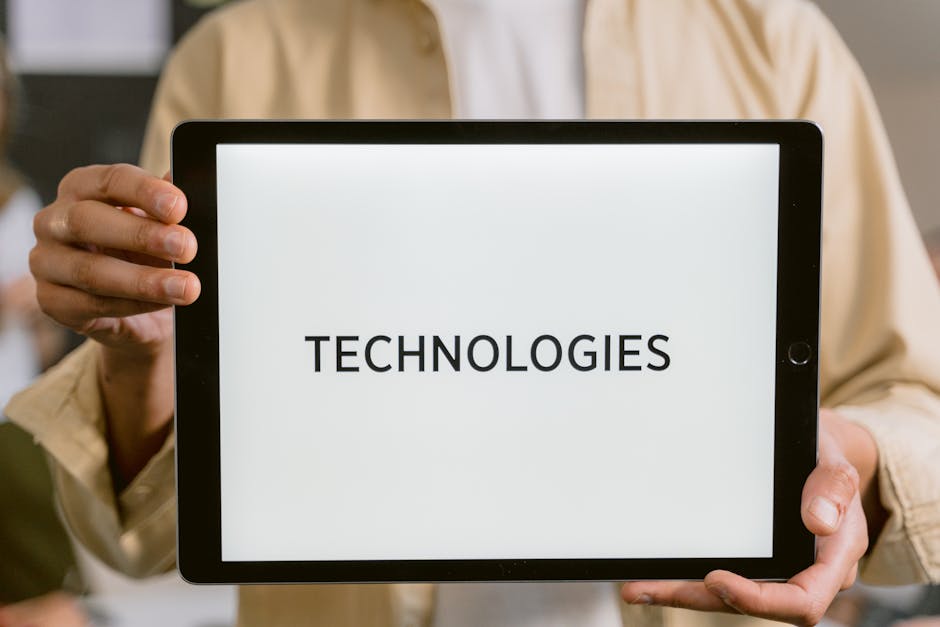
Overview of Wireless Communication Technologies
Introduction to Wireless Communication
Wireless communication has revolutionized the way we connect and interact in our daily lives. Instead of relying on traditional wired connections, we now have the freedom to communicate and share information through invisible signals. From smartphones to laptops, wireless technologies empower everything we do—making it easier to stay connected, entertain ourselves, and manage day-to-day tasks. For example, using Bluetooth headphones while jogging not only enhances the listening experience but also eliminates the hassle of dealing with tangled wires.
Evolution of Wireless Technologies
The journey of wireless communication is fascinating, demonstrating rapid advancements over the decades. Here's a brief overview of its evolution:
- First Generation (1G): Introduced in the 1980s, focused on analog voice transmission.
- Second Generation (2G): The 1990s saw the rise of digital communication, enabling text messaging and enhancing call quality.
- Third Generation (3G): This era brought mobile internet capabilities, allowing for easier access to multimedia content.
- Fourth Generation (4G): Launched in the early 2010s, it significantly boosted data speeds and improved the user experience.
- Fifth Generation (5G): Currently being rolled out, 5G promises even faster connectivity, low latency, and support for IoT devices.
The exponential growth of these technologies showcases humanity's ongoing quest for better connectivity, making wireless communication an integral part of modern life.

Types of Wireless Communication Technologies
Cellular Network
Cellular networks have become the backbone of mobile communication, providing a robust framework for voice, data, and multimedia services. They operate through a series of interconnected towers, or cells, that relay signals to mobile devices. The convenience of making a call or browsing the internet anywhere you go showcases the effectiveness of these networks.
- Key features:
- Coverage across urban and rural areas
- Support for various generations (2G to 5G)
- Enhanced data speeds and service reliability
For instance, imagine attending a concert where cellular networks enable everyone to share their experiences on social media in real-time.
Wi-Fi and Bluetooth
On the other hand, Wi-Fi and Bluetooth technologies cater to more localized connectivity needs. Wi-Fi allows devices to connect to the internet wirelessly, with routers providing high-speed data within homes, offices, and public spaces. Bluetooth is designed for short-range, low-power connections, perfect for linking devices like headphones, smartwatches, and even home appliances.
- Applications:
- Wi-Fi: Streaming movies, online gaming, seamless work-from-home experiences
- Bluetooth: Quick file transfers, connecting peripherals, enabling smart home systems
Personal experiences like moving from room to room while enjoying music on Bluetooth speakers highlight the significance of these technologies in enhancing daily life. The blend of cellular, Wi-Fi, and Bluetooth systems empowers individuals to stay connected wherever they are.

Understanding Mobile Communication
GSM and CDMA
When it comes to mobile communication, two fundamental technologies — GSM (Global System for Mobile Communications) and CDMA (Code Division Multiple Access) — have played a crucial role in shaping the industry. GSM is widely recognized for its simplicity and global compatibility. It uses a time-slot method to allow multiple users to share the same frequency. Meanwhile, CDMA takes a different approach by assigning unique codes to each user, allowing simultaneous calls without interference.
- Comparison:
- GSM: Excellent voice clarity, widespread international roaming
- CDMA: Enhanced security, better data speeds in some scenarios
For instance, you might have noticed that while traveling abroad, GSM networks made it easier to switch SIM cards and stay connected.
5G Technology
As we transition into the future, 5G technology is leading the way with promises of unmatched data speeds and incredibly low latency. This new generation enhances everything from streaming high-definition videos to enabling real-time communication for remote surgeries.
- Key advantages:
- Download speeds up to 100 times faster than 4G
- Enhanced capacity for IoT devices
- Support for smart cities and autonomous vehicles
Imagine downloading an entire season of your favorite show in seconds—5G makes this possible. The advancements in mobile communication, from GSM and CDMA to 5G, reflect a continuous drive toward improved connectivity and user experience.

Wireless LAN and WAN Technologies
IEEE 802.11 Standards
Wireless Local Area Networks (WLANs) primarily rely on the IEEE 802.11 standards. These standards have evolved significantly, with each version offering improvements in speed, range, and security. Whether at home, in cafés, or at workplaces, these standards empower us to connect several devices without cables.
- Key versions:
- 802.11b: Provided speeds up to 11 Mbps.
- 802.11g: Increased speed to 54 Mbps while maintaining compatibility with older devices.
- 802.11ac: Offered gigabit speeds, allowing seamless streaming and online gaming.
For example, you've likely experienced the convenience of Wi-Fi when connecting your laptop and smartphone simultaneously while working remotely.
4G and LTE
Expanding to Wireless Wide Area Networks (WWAN), 4G technology, notably including LTE (Long Term Evolution), has transformed mobile internet. This technology enables users to access high-speed internet on-the-go, drastically enhancing our connectivity experience.
- Benefits of 4G and LTE:
- Faster download and upload speeds
- Improved network reliability and coverage
- Support for multiple simultaneous connections
Consider the luxury of navigating maps on your smartphone with real-time updates while driving; 4G and LTE make it possible. As we navigate through wireless LAN and WAN technologies, we see a seamless integration of innovations that keep us effortlessly connected in an increasingly digital world.

Internet of Things (IoT) and Wireless Communication
IoT Connectivity Protocols
The Internet of Things (IoT) has reshaped how we interact with technology, relying heavily on various wireless communication protocols for connectivity. These protocols enable devices to communicate efficiently and securely.
- Common IoT Connectivity Protocols:
- MQTT (Message Queuing Telemetry Transport): Lightweight messaging protocol, ideal for low-bandwidth and high-latency networks.
- CoAP (Constrained Application Protocol): Designed specifically for simple devices, it operates over UDP for low-power communications.
- Zigbee and Z-Wave: Focus on low-power, short-range communications for home automation.
For example, using MQTT allows your smart thermostat to send data to your mobile app seamlessly, ensuring optimal energy usage.
Smart Home Devices and Wireless Communication
Smart home devices represent one of the most visible applications of IoT technology, transforming mundane tasks into effortless experiences. From smart lights to security cameras, these devices depend on wireless communication to function smoothly.
- Popular Smart Home Devices:
- Smart Speakers: Devices like Amazon Echo and Google Home for voice-controlled automation.
- Smart Thermostats: Devices that learn your preferences to optimize heating and cooling.
- Smart Security Systems: Cameras and alarms that can be monitored remotely via smartphone.
Consider the convenience of controlling your home’s lighting with just your voice; that’s the magic of combining smart devices with effective wireless communication. As we delve deeper into IoT, the profound impact of wireless communication technologies continues to be evident, fundamentally enhancing how we live and interact with our environment.





